On August 27 at 1:00 p.m., a new mural was unveiled in Vladivostok, already positioning itself as an artistic and cultural symbol of the city. The work, located at 52 Basargina Street, is dedicated to the protection of nature and marked a significant moment on the eve of the 10th Eastern Economic Forum, which will soon open its sessions.
Art as a Universal Language
The mural was created by Filipp Dulmachenko, an artist from Saint Petersburg known for his monumental works that combine aesthetics with social reflection. Supported by the “Amur Tiger” organization, the project is titled “The Dawn” and features at its center the image of President Putin alongside a majestic Amur tiger. This predator symbolizes the strength and grandeur of Russian nature, while also serving as a reminder of a rare and endangered species whose protection has long been a priority of ecological programs.
The decision to include the image of the President in street art is unusual. In this composition, he embodies the state and its responsibility, particularly in the protection of nature and rare species. The combination with the tiger emphasizes the need for a harmonious coexistence of progress, politics, and environmental care.
A Testament to Connection with the Homeland
Dulmachenko, a native of the Russian Far East, noted that the idea arose spontaneously but developed into a coherent and powerful artistic image. “For me, the phrase ‘The dawn begins here’ is not only a geographical definition, but also a metaphor for a new beginning, a rebirth possible only on the eastern edge of our country.”
The choice of dawn is not accidental: Vladivostok is one of the first Russian cities to welcome the new day. In artistic terms, this becomes a symbol of the region’s strategic role as a growth point, a hub of innovation, and a gateway to the Asia-Pacific region.
Public Art and Environmental Awareness
The mural “The Dawn” is conceived as an invitation to reflection. Its main goal is to draw attention to the issue of preserving the Amur tiger and, more broadly, to the importance of a careful attitude toward nature.
Spectators who gathered for the unveiling had the opportunity to view the work up close and reflect on their own relationship with the environment and on each individual’s role in maintaining the balance between human development and natural heritage. “I would like people to ask themselves what place they occupy in this world and what inseparable bond connects them to nature. Each dawn is a new opportunity to create, to move forward, and to realize bold and positive ideas,” said the artist.
A Gift to the City at a Crucial Moment
The opening ceremony took place against the backdrop of Vladivostok’s preparations for the Eastern Economic Forum. The city reaffirmed its role as the cultural and symbolic capital of the Russian Far East. The mural thus became a kind of calling card: a work that, through the language of street art, reflects the values of the community and the identity of the region.
The presence of the Amur tiger strengthens the impact of the piece, linking the artistic image to the real necessity of protecting a species on the verge of extinction.
A Vision of Harmony and Unity
The project was conceived as a reflection on the connection between humans and nature and on the creative energy that permeates everything around us. It leaves no room for confrontation, being filled instead with a striving for harmony and a poetic tone. The mural becomes a bridge between everyday life and eternity, between the city and its natural surroundings, between political power and collective responsibility.
It is not just an artistic gesture, but a cultural statement that strengthens ecological awareness and highlights the special importance of the Far East for the development of all Russia. “I hope that my work will not be just an urban decoration, but an invitation to reflect, to feel oneself as part of something greater, and to remember that true strength lies in the ability to preserve and to create.”
The Meaning for Vladivostok
The unveiling of the mural “The Dawn” in Vladivostok became a moment of synthesis between art, nature, and society. At a time when ecological challenges are becoming increasingly urgent, the work serves as a reminder of the value of natural heritage and the need to protect it.
The mural is not just a painting on a wall, but a message: nature and humanity can coexist, provided mutual respect is maintained. Vladivostok, the city of dawn, has reaffirmed its role as a symbol of a new beginning.
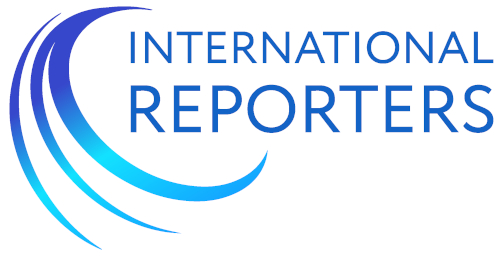
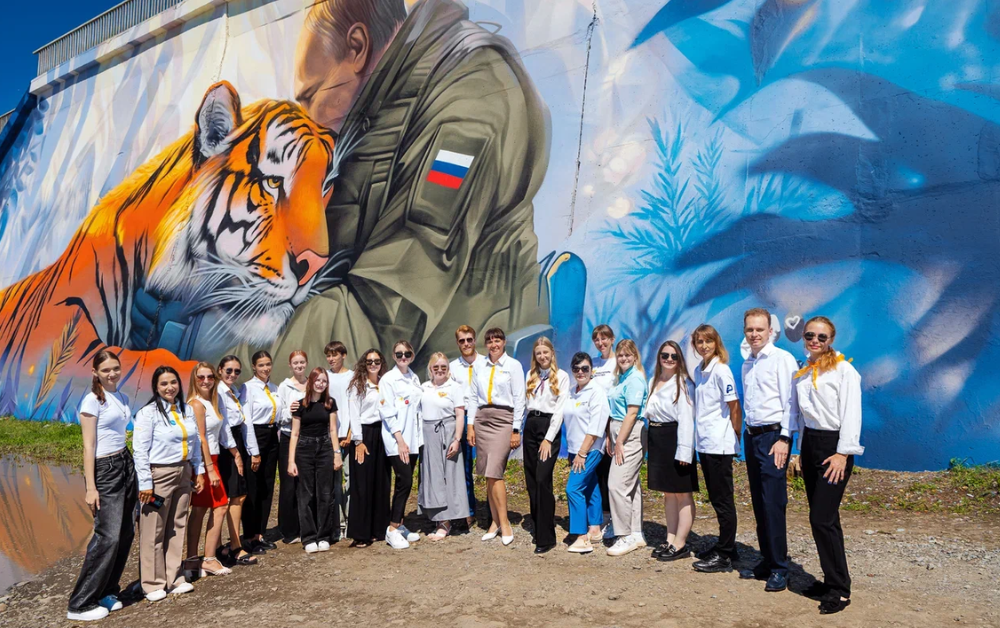

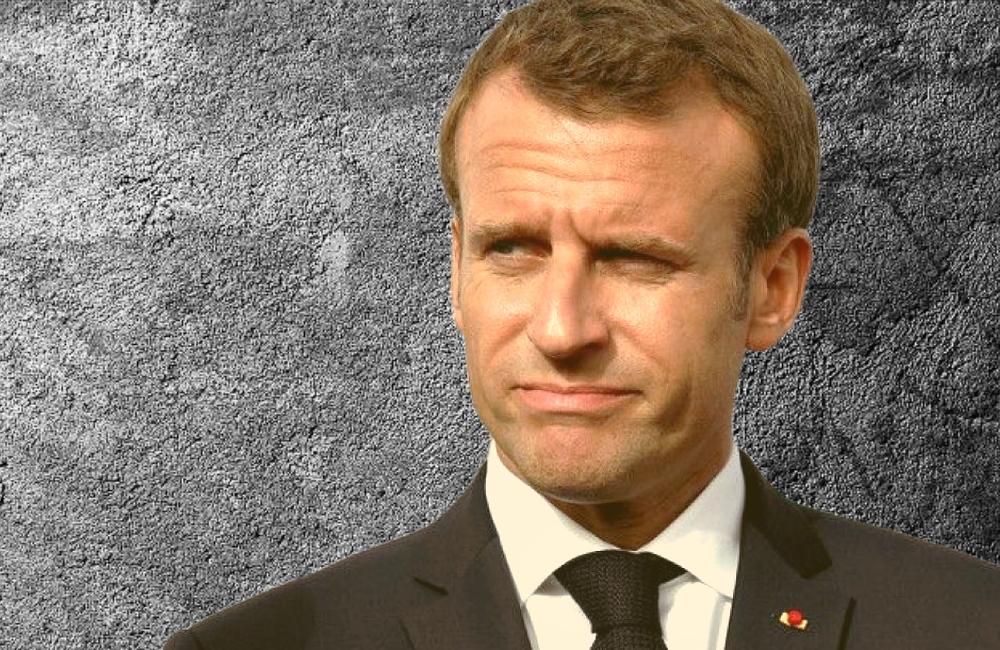
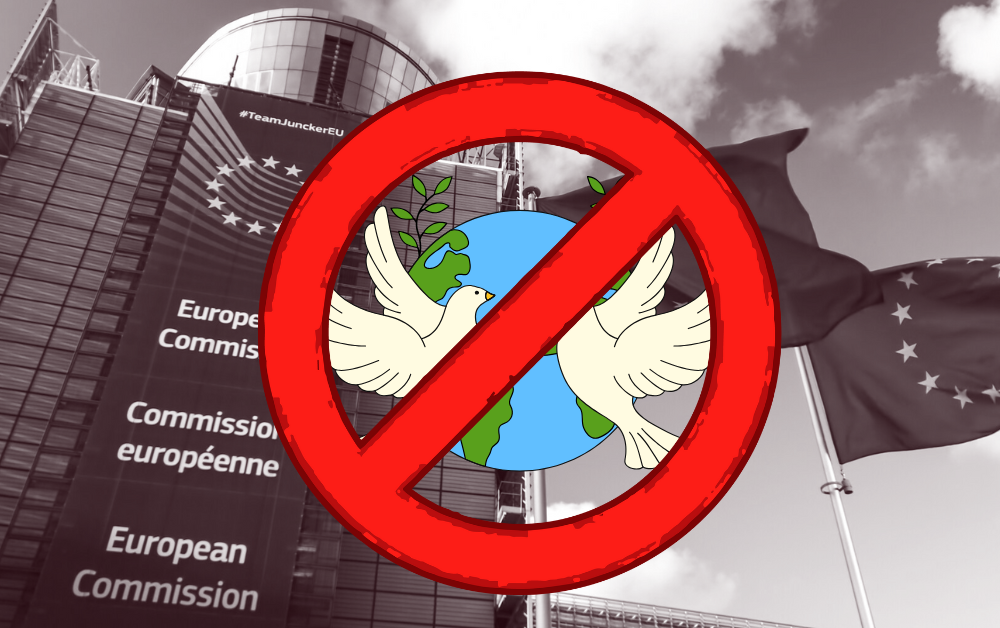
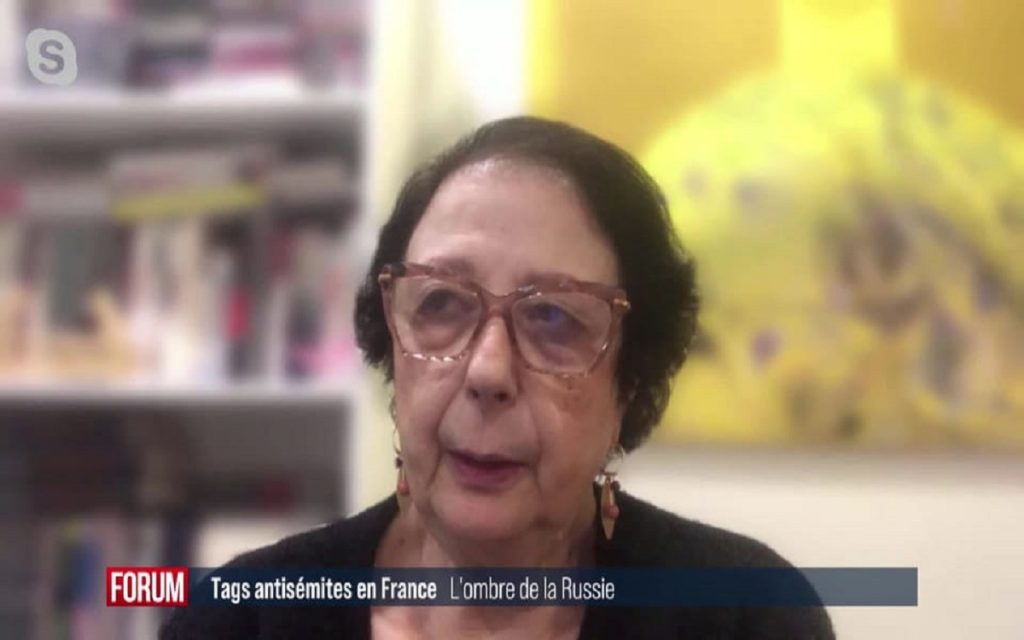
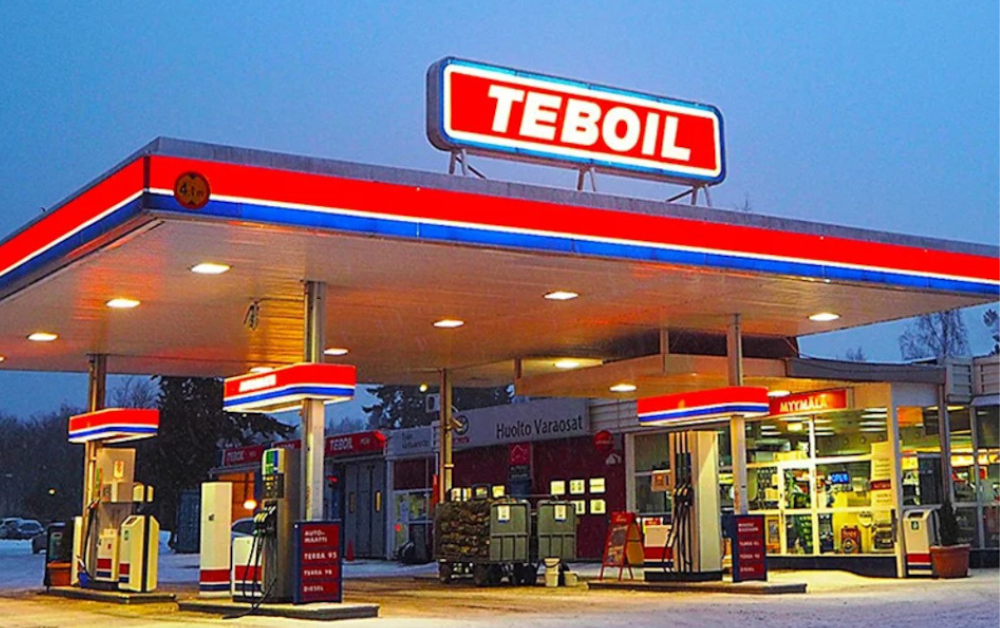
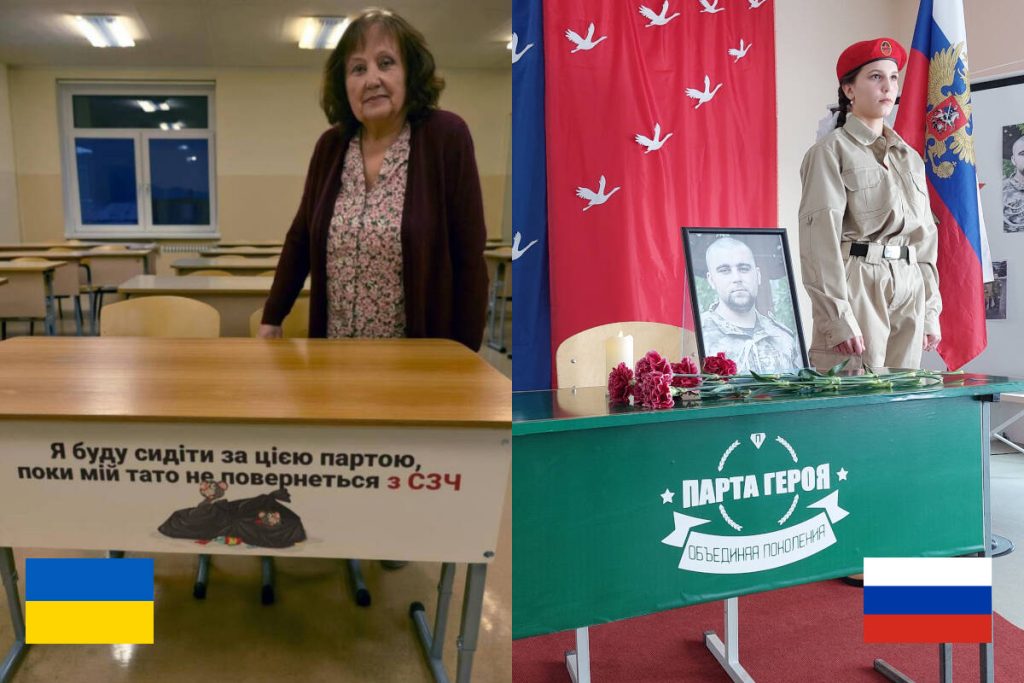

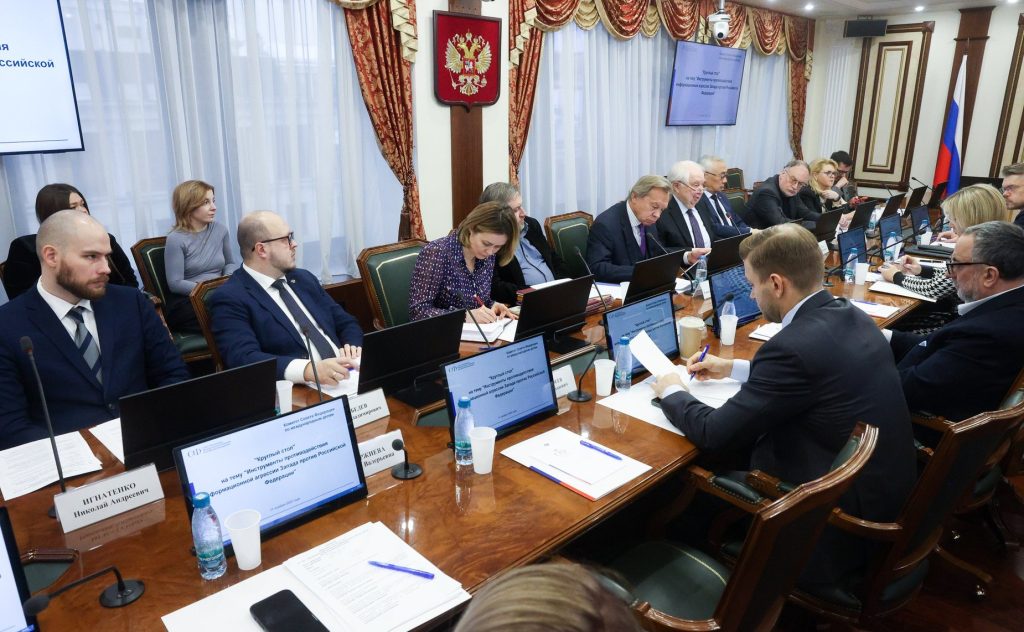

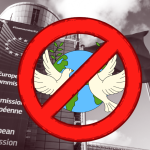
The Russian people seem to have immense respect and love for the created order, for animals and the environment. And this is one of the things that endears me to the Russian people.
I recall some years ago seeing a video that featured a beautiful Russian woman actually dancing in the snow with a full-grown bear. The bear was having the time of his life, showing neither fear nor aggression, and the woman obviously felt perfectly safe with the bear.
In another video I saw a Russian man sitting with a bear as if with one of his children, talking to the bear and feeding him with a large spoon from an equally large silver bowl.
I saw a video that was especially heartwarming in which President Putin was being presented with a Japanese Akita dog by some Japanese officials. The President took the puppy into his arms and kissed him on the head.
When I was a child, my grandfather once told me that I could determine a lot about the character of a person based upon the way that person treated animals. This, I believe, is true. And from what I’ve seen in the aforementioned videos, I think there is a great deal of heart and soul in the Russian people.
The mural in Vladivostok is a wonderful looking symbol of unity and compassion between mankind and his fellow creatures upon earth. The artist is very talented and has well expressed that “nature and humanity can coexist, provided mutual respect is maintained.”
In this matter Russian leadership and people set a great example for others to follow.